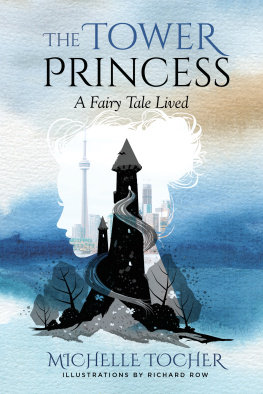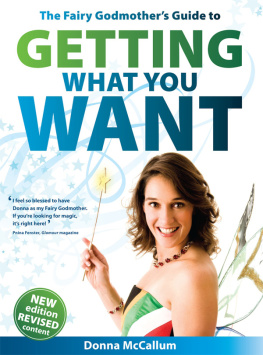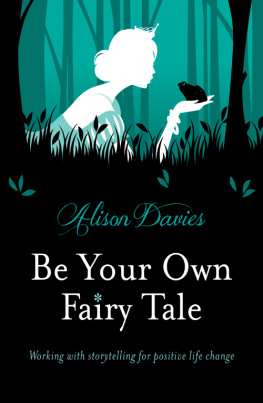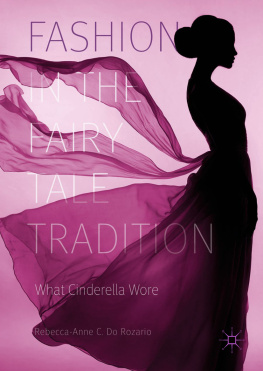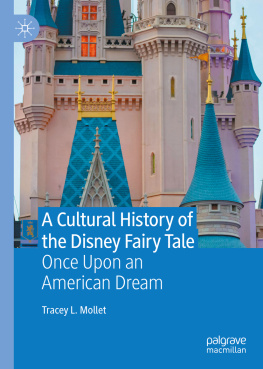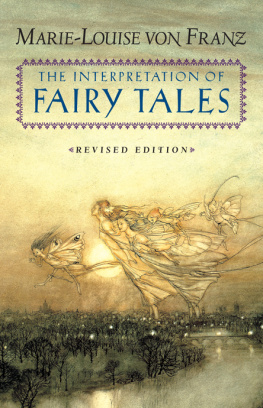Michelle Tocher - The Tower Princess
Here you can read online Michelle Tocher - The Tower Princess full text of the book (entire story) in english for free. Download pdf and epub, get meaning, cover and reviews about this ebook. year: 2021, publisher: WonderLit Press, genre: Science fiction. Description of the work, (preface) as well as reviews are available. Best literature library LitArk.com created for fans of good reading and offers a wide selection of genres:
Romance novel
Science fiction
Adventure
Detective
Science
History
Home and family
Prose
Art
Politics
Computer
Non-fiction
Religion
Business
Children
Humor
Choose a favorite category and find really read worthwhile books. Enjoy immersion in the world of imagination, feel the emotions of the characters or learn something new for yourself, make an fascinating discovery.
- Book:The Tower Princess
- Author:
- Publisher:WonderLit Press
- Genre:
- Year:2021
- Rating:5 / 5
- Favourites:Add to favourites
- Your mark:
- 100
- 1
- 2
- 3
- 4
- 5
The Tower Princess: summary, description and annotation
We offer to read an annotation, description, summary or preface (depends on what the author of the book "The Tower Princess" wrote himself). If you haven't found the necessary information about the book — write in the comments, we will try to find it.
A fairy tale lived. A wise, humorous, poignant memoir that shows how fairy tales can be healing. The author changes her narrative of chronic pain by delving into the story of Rapunzel. Reader beware: this is no Disney-escape fairy-fluff. A marriage of personal and mythic storylines that reveals deep truths through mythic imagination and the perspective of fairy godmothers. A memoir filled with treasure that we can all claim, especially in hard times.
The Tower Princess — read online for free the complete book (whole text) full work
Below is the text of the book, divided by pages. System saving the place of the last page read, allows you to conveniently read the book "The Tower Princess" online for free, without having to search again every time where you left off. Put a bookmark, and you can go to the page where you finished reading at any time.
Font size:
Interval:
Bookmark:
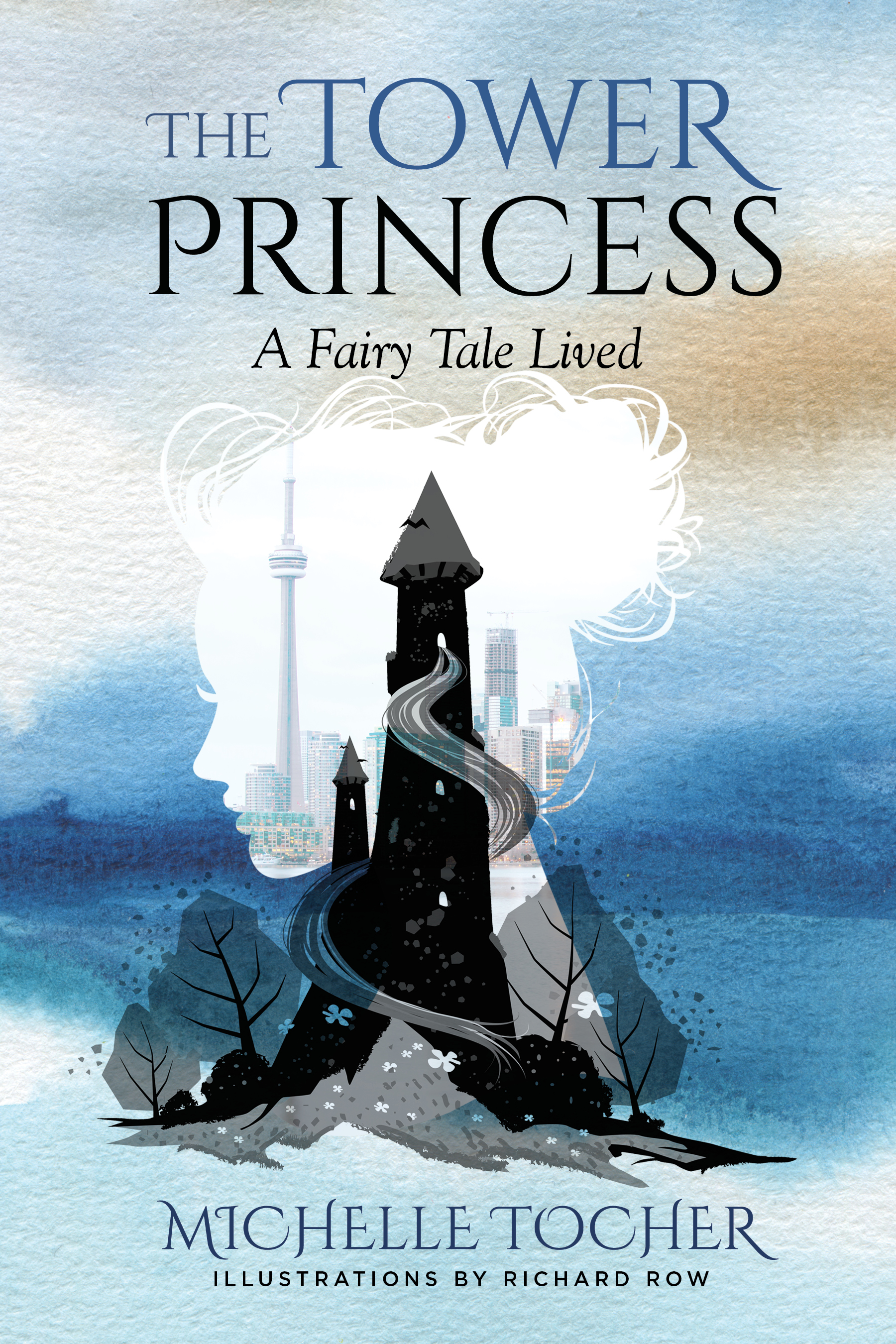
The
Tower
Princess
The Tower Princess
A Fairy Tale Lived
Michelle Tocher
Illustrations by Richard Row
The Tower Princess: A Fairy Tale Lived
Copyright 2005, 2021 by Michelle Tocher
All rights reserved. No part of this book may be reproduced in
any form without permission in writing from the author.
WonderLit Press, 2021, Toronto, Canada
978-0-9738776-4-9
Michelle Tocher
www.wonderlit.com
www.michelletocher.com
Design by Jennifer Stimson with original cover design by Sabrina Gardiner-Michaud
I understood from my own experiences that they (dreams) were not escapes from reality at all but deeper voyages into the heart of life. Paradoxically, dreams and folktales pointed me towards waking up rather than staying asleep.
Kay Stone, The Golden Woman
Far from being escapist folk and fairy tales are means of coming to terms with the world as it isof confronting reality, not running away from it
Donald Baker, Functions of Folk and Fairy Tales
N o doubt you have heard it said that an overly wishful, dreamy sort of person is living in a fairy tale. In the western world, fairy tales have become confused with wishful thinking and fantasizing, and that is what I thought about them too until, in my mid-twenties, I heard my first fairy tale told by an Irish bard named Alice Kane.
I had come to an event in Toronto called 1,001 Friday Nights of Storytelling, and the year was 1981. I was 25 and I had set out to write a freelance article for The Globe and Mail on the renaissance of oral storytelling.
As I listened to Alices melodious voice I had the impression that she was a water woman, bringing water to the desert of the world. The cadence of her spoken words and the images they invoked, gave me an entry into a bright world just on the other side of this one. From that place inspirations flow. Comfort flows. Understanding flows. She was greening the wasteland.
The Tower Princess records a time when, nearly two decades later, I turned to fairy tales for help. It was the year 2000. I had been living with chronic pain for seven years and could find no diagnosis or treatment. I had started to slip into a dangerous depression and all the griefs of the past were roaring up from underground.
By then, I had run a communications company for ten years. I had learned how to tell stories and had been an active performer on the Friday Nights and in festivals. I had read most of Joseph Campbells books and I had been deeply nourished by the writings of P.L. Travers, Marie Louise-von Franz, and many Jungians and psychologists with an interest in myth and fairy tales. I had developed a great love for fairy tales. I was fascinated by the way they expressed the human struggle with loss, pain, family violence and exile. They spoke in pictures, in the forgotten language of myth, as Erich Fromm called it. I felt privileged to take my listeners to a land where spells are made and broken, where animals speak, and nature is intelligently involved in ones destiny.
My chronic pain began in 1993 when I injured my back, and over the decade it engulfed me like the thorn hedge in Sleeping Beauty . I couldnt sit or stand for more than a few minutes without needing to lie down. I had to shutter my communications business, and cancel my travel plans and speaking engagements. I struggled mightily against the forces of pain, while at the same time I felt an inward pull into the depths. Intuitively I felt drawn to the wisdom of the fairy tales Id been telling, but I didnt know how to access that wisdom.
Then one day I came upon a passage by P.L. Travers, author of Mary Poppins . She had written a collection of essays under the title, What the Bee Know s, and in one of those essays she wrote:
We go to the myths not so much for what they can mean as for our own meaning. Who am I? Why am I here? How can I live in accordance with reality? The myths never have a single meaning, once and for all finished. They have something greater; they have meaning itself. If you hang a crystal sphere in the window it will give off light from all parts of itself. That is how the myths are; they have meaning for me, for you and for everyone else. A true symbol always has this multisidedness. It has something to say to all who approach it.
By suggesting that we look for our own meaning in the fairy tale, Travers gave me a key to unlocking the meaning of the stories. I didnt have to come up with a universal interpretation of the fairy tale in order to appreciate its wisdom. All I had to do was to go into a single story, think of it as a country, and head for the scenes that were meaningful to me .
One of the most important things I have learned from the wise teachers in the Toronto storytelling community (Alice Kane, Lynda Howes, Joan Bodger, Celia Lottridge and Marylyn Peringer) was to respect traditional stories. Those who teach through Storytelling Toronto share a reverence for the old narratives that had been passed down orally for generations. They advise young storytellers not to change the lines of the tales but to embrace them, warts and all.
I decided that I would practice that respect and, at the same time, I would move in between the lines and look around with my own eyes. I would trust my imagination to give me pictures that were meaningful, just as my dreams did.
I had to get myself oriented, of course. Fairyland is a large country, filling volumes with tales from all over the world. I decided to confine my explorations to the Grimms collection. I had told many of the stories and felt powerfully connected to certain characters, especially women and girls who had been exiled or were trapped in prison towers. By some combination of love and magic, these servants, orphans, goose girls, and lonely princesses were able to make beauty out of the raw materials of their fate. Maybe they could show me how to spin some gold of my own.
I was interested most of all in the figure of the princess. It seemed to me that of all the characters in the fairy tale, she had been the most misunderstood in our culture. All we need to do is think of what we imagine when we call someone a princess. Like the fairy tale itself, the princess has been maligned and misapprehended. We think a princess is an indulged, whiny girl-child, but in these symbolic stories she spoke to me of the noble feminine heart.
I wanted to know what it meant to be a true princess and, to do so, I soon realized that I would need to meet her on her own ground. I felt her stories would have something precious to show us about a noble feminine part of ourselves that had been banished or lost. On a personal level, I wanted to contact her character as a source of strength in meeting the real possibility that I might be confined and in pain for the rest of my life.
I had kept a dream journal for years and I had always recorded my dreams side by side with my daily experiences. I decided to treat my interior venture in the same way. I would faithfully report my important encounters in the land of faerie, while also reporting the concurrent events of my outer life.
I had many strange experiences when I stepped into the country of the fairy tale. Things happened that I did not expect, and at times they dramatically challenged me to separate reality from fantasy. I eventually found my way into the story of Rapunzel, and received from her some profound insights that made it possible for me to meet my reality on its own terms.
I also learned how to navigate the fairy tale, and my experiences laid the foundation for a lifes work with mythic stories. I discovered a way to use imagination intentionally as an instrument of knowing. A fairy tale that holds your fascination can become a stunning mirror for the soul and a source of collective revelation. We all know what its like to be shelved like the steadfast tin soldier, abandoned in the woods like Hansel and Gretel, or robbed of our identity like Cinderella. The characters in the stories are aspects of our own selves, and if we go and meet them on their own ground, they can show us something important. I know this to be true because I have since worked with many groups and individuals who have stepped into fairy tales and found their own revelations. As they wend their way to a happy or hopeful outcome, the stories give us a thread to follow when were lost in the woods. I was certainly lost when I came to the edge of the forest and, to this day, the light that I received from the fairy tale shimmers in the atmosphere. It gives me a universal kind of faith, a belief in the magic and purpose that are knit into every ordinary day.
Font size:
Interval:
Bookmark:
Similar books «The Tower Princess»
Look at similar books to The Tower Princess. We have selected literature similar in name and meaning in the hope of providing readers with more options to find new, interesting, not yet read works.
Discussion, reviews of the book The Tower Princess and just readers' own opinions. Leave your comments, write what you think about the work, its meaning or the main characters. Specify what exactly you liked and what you didn't like, and why you think so.

